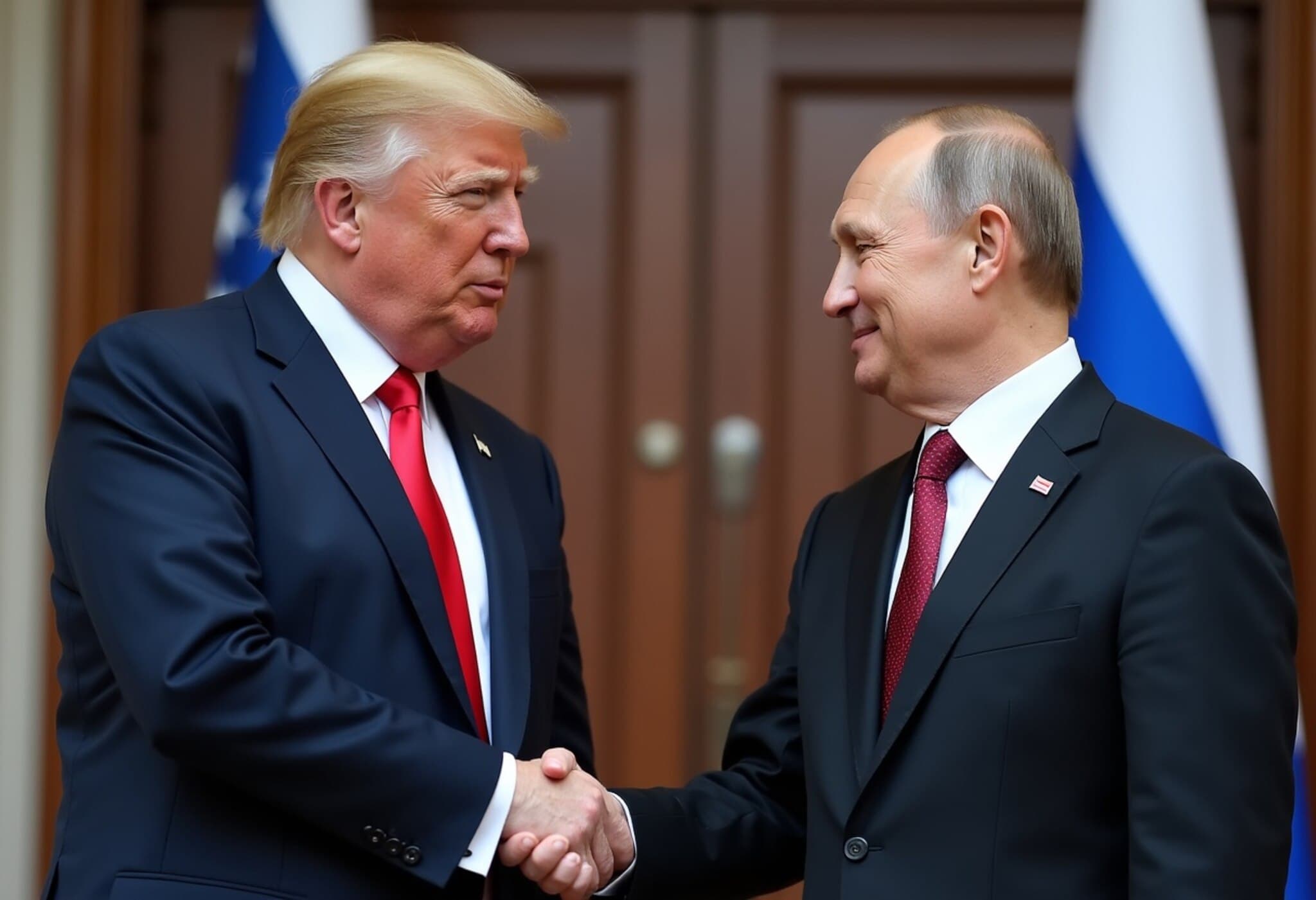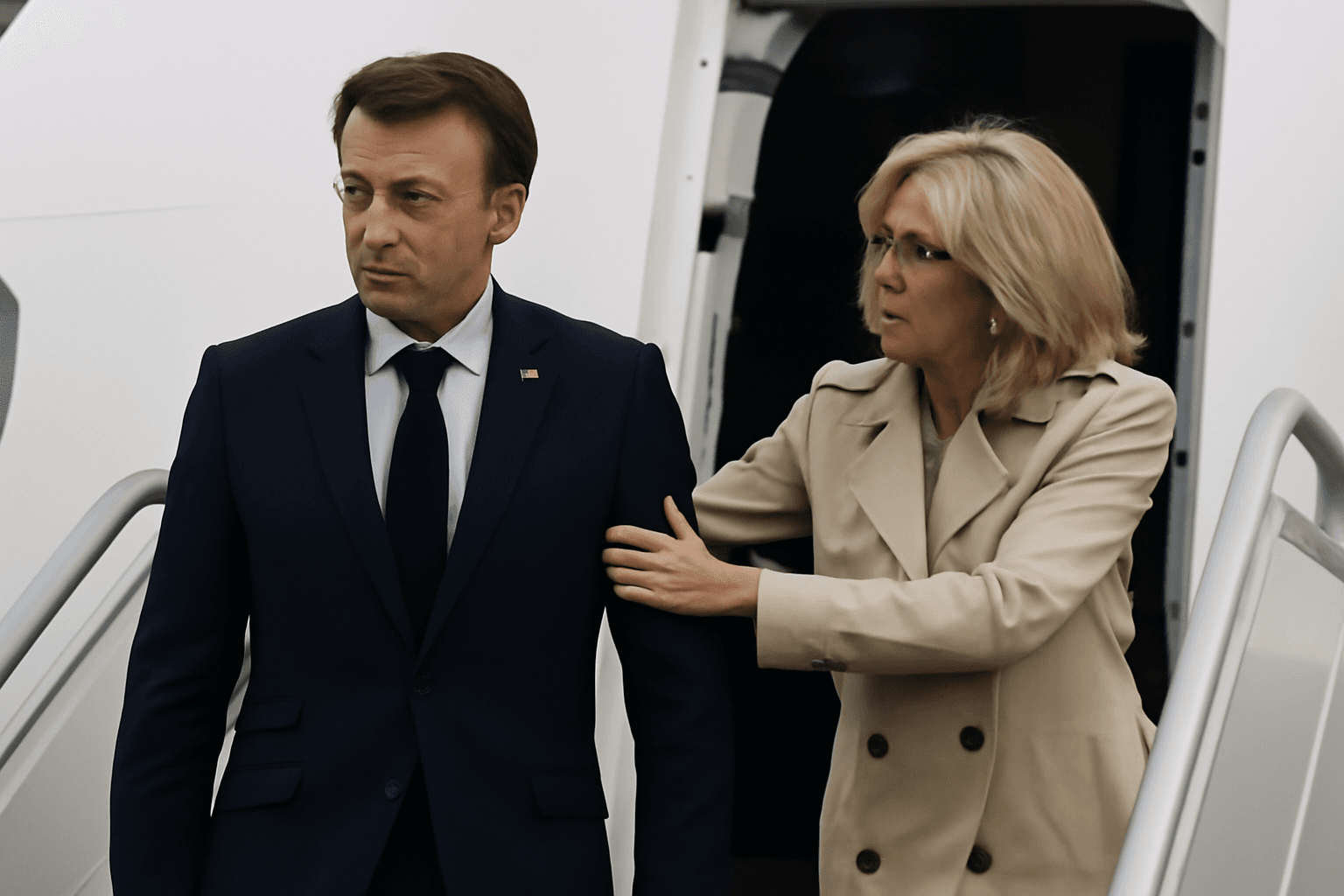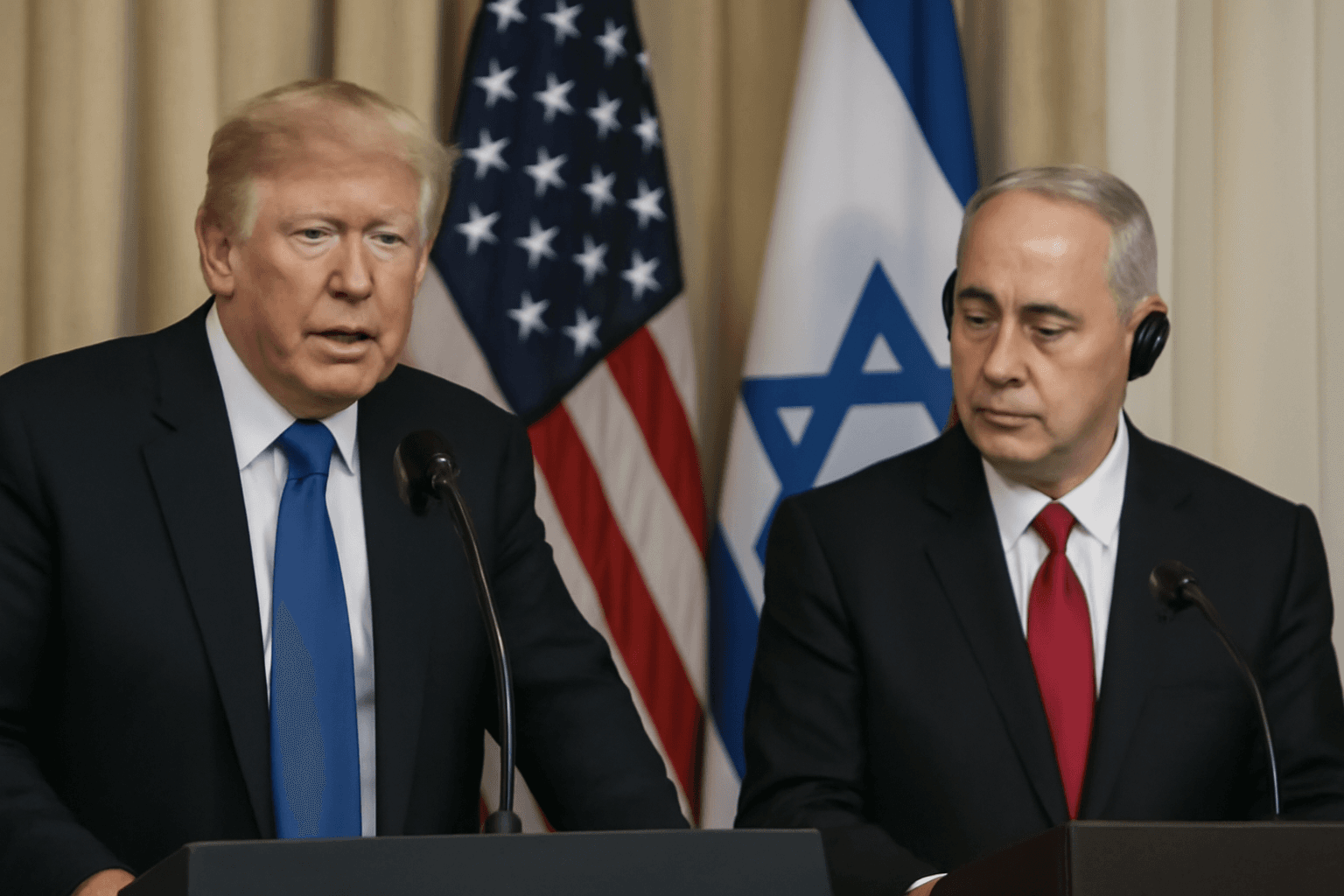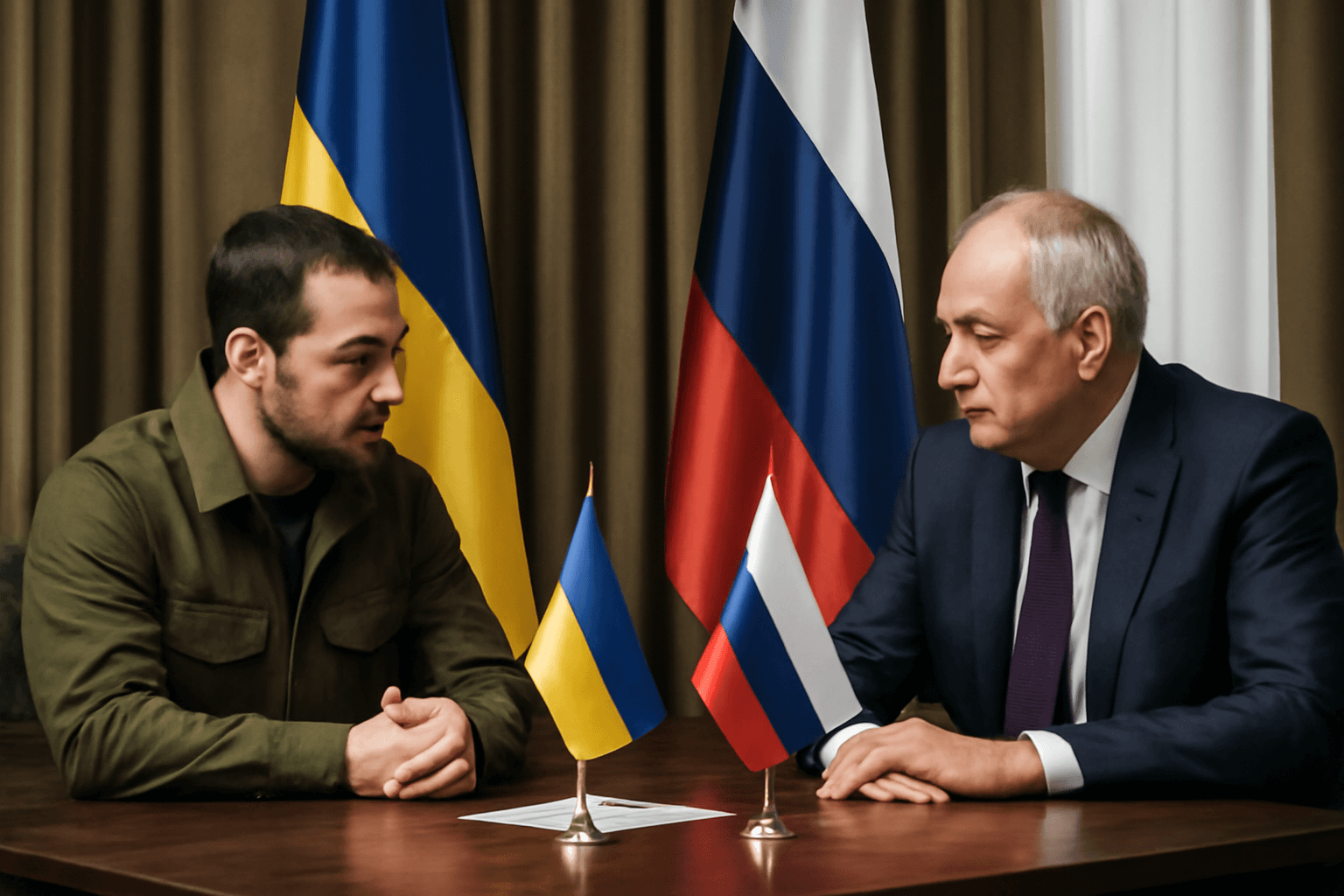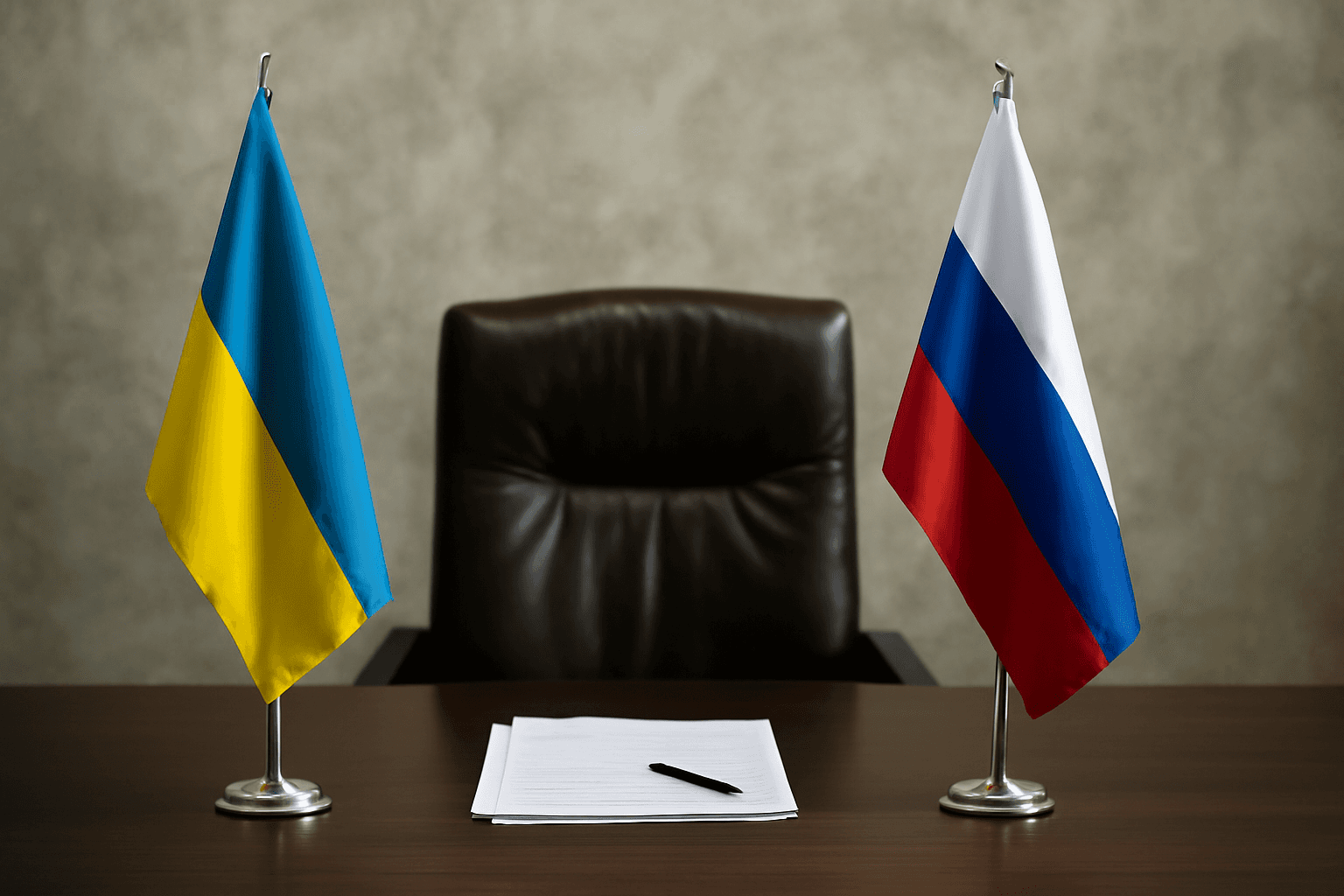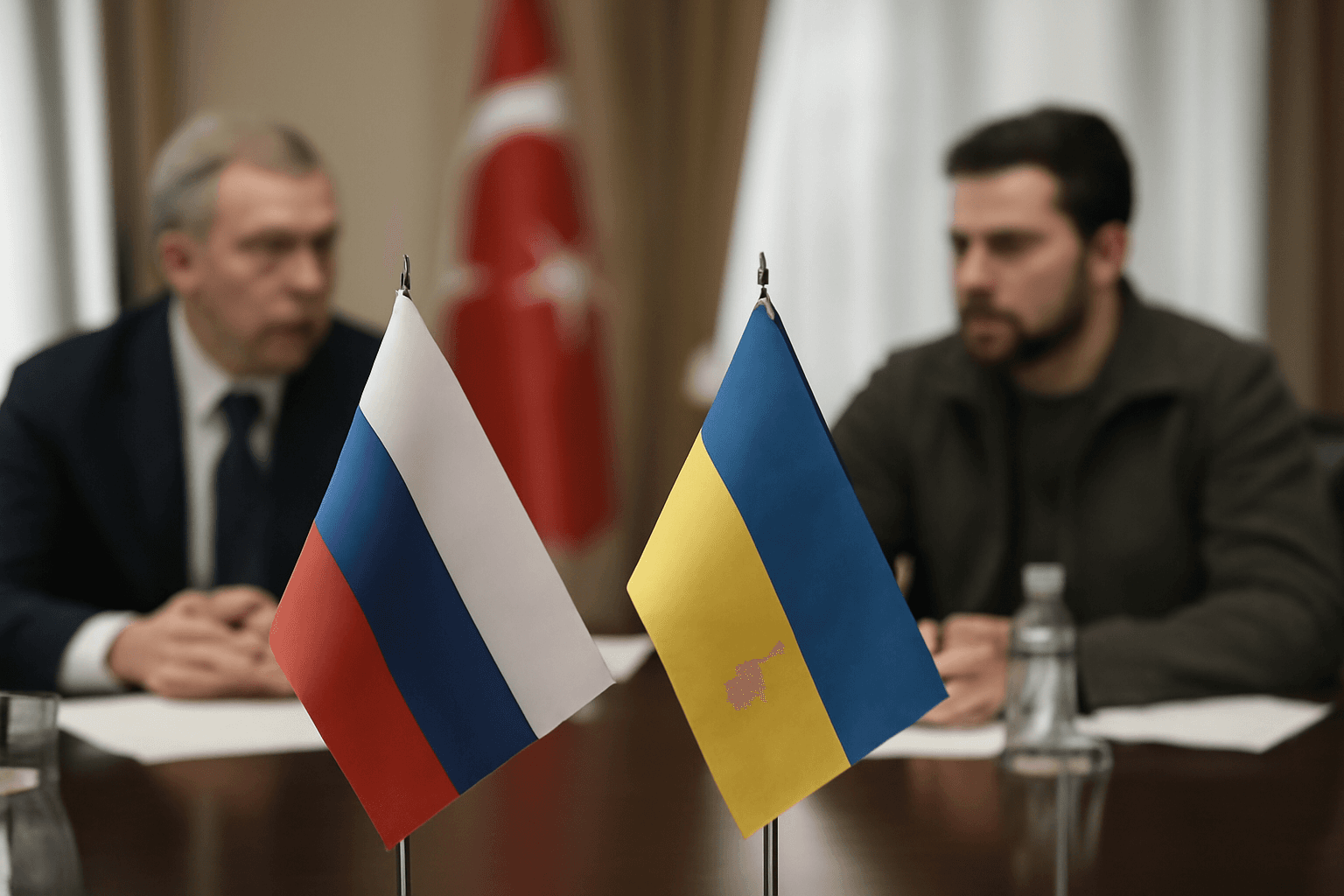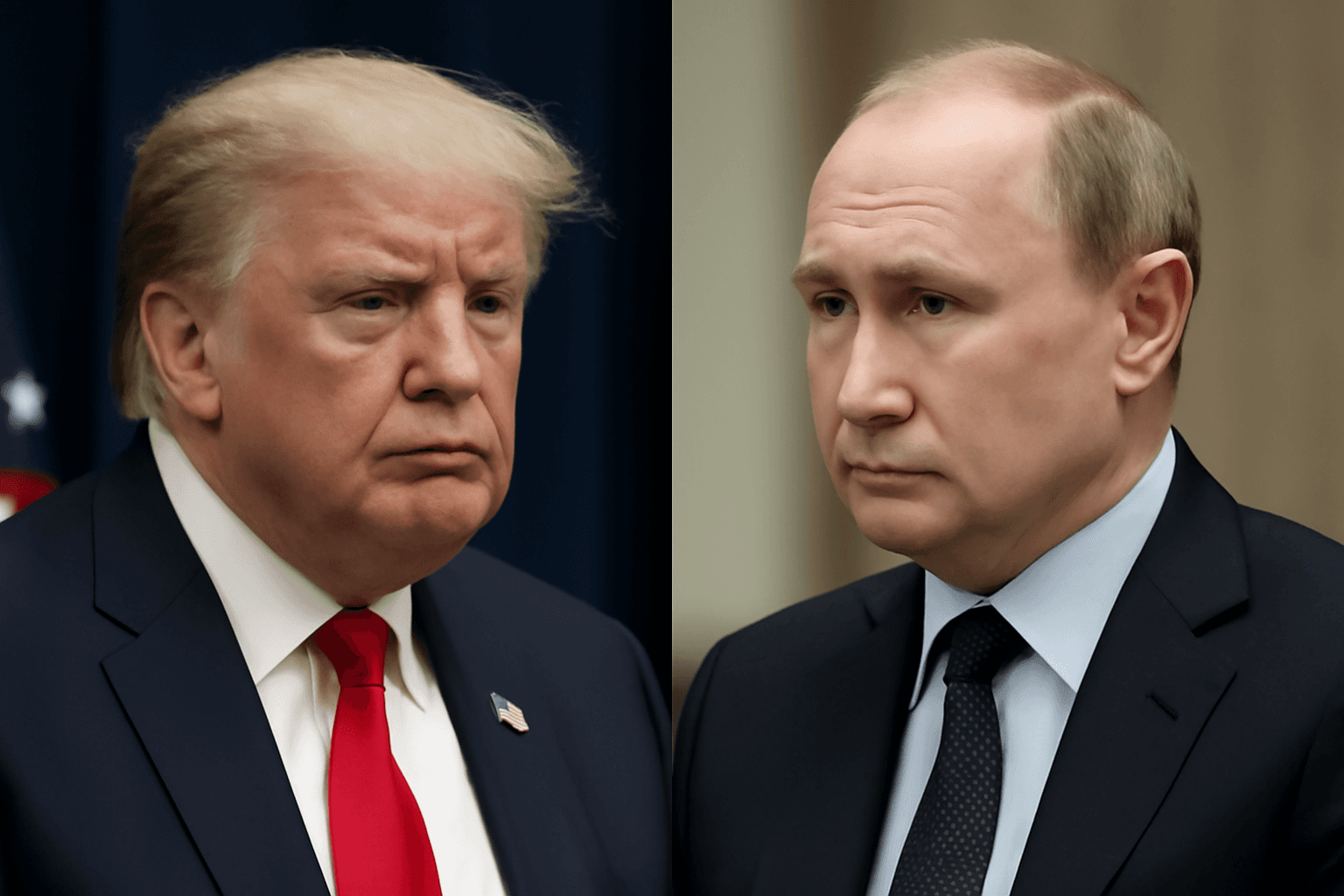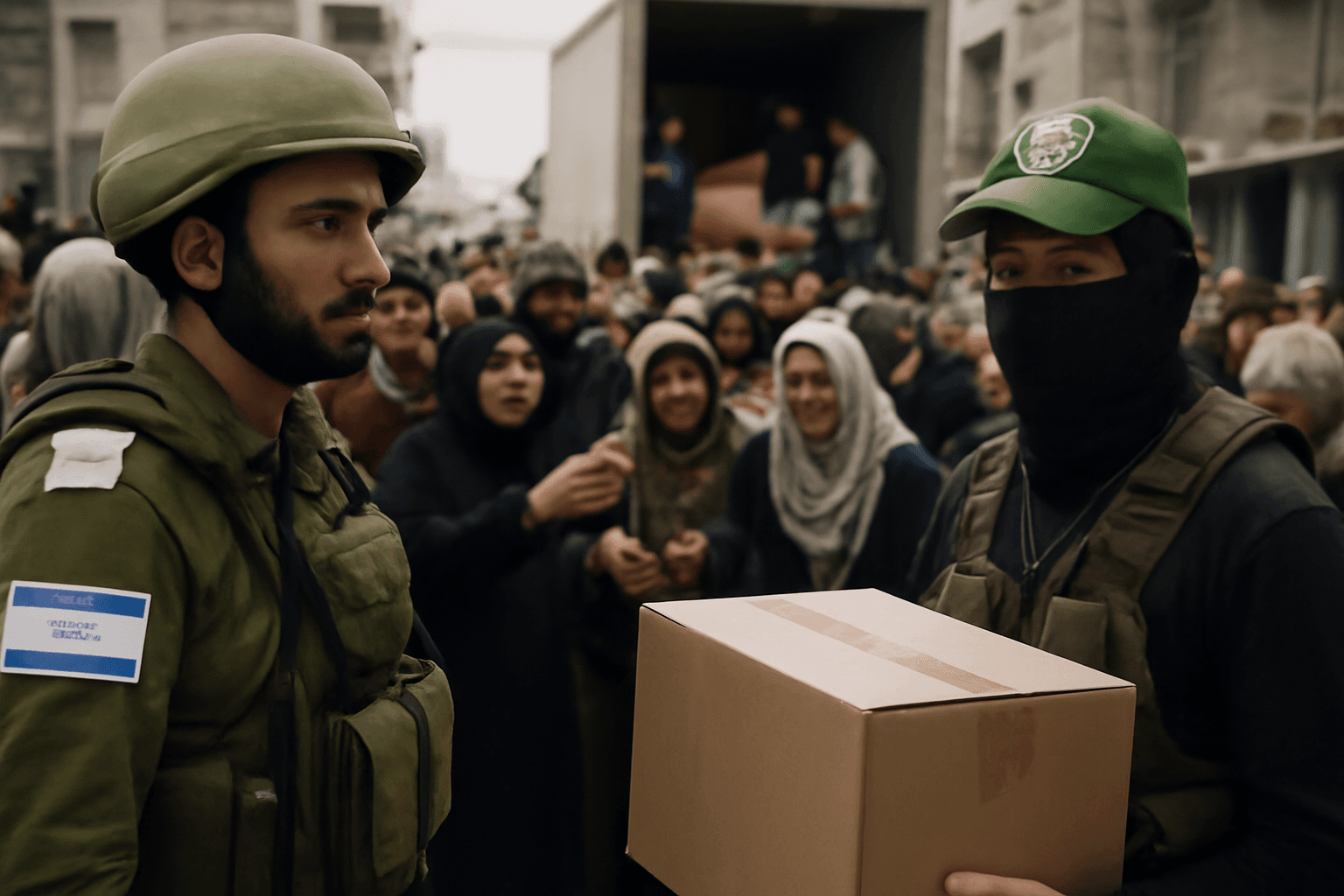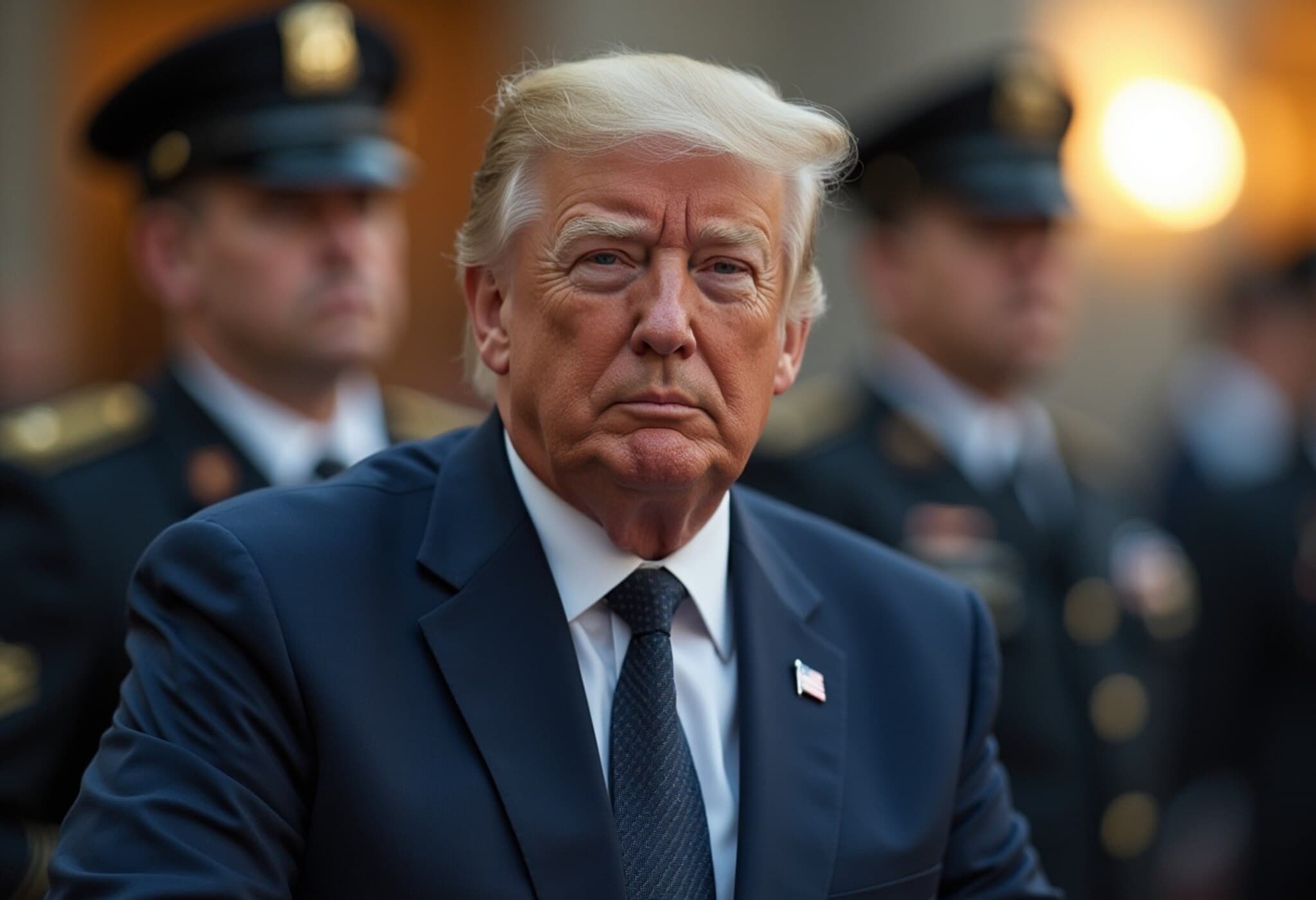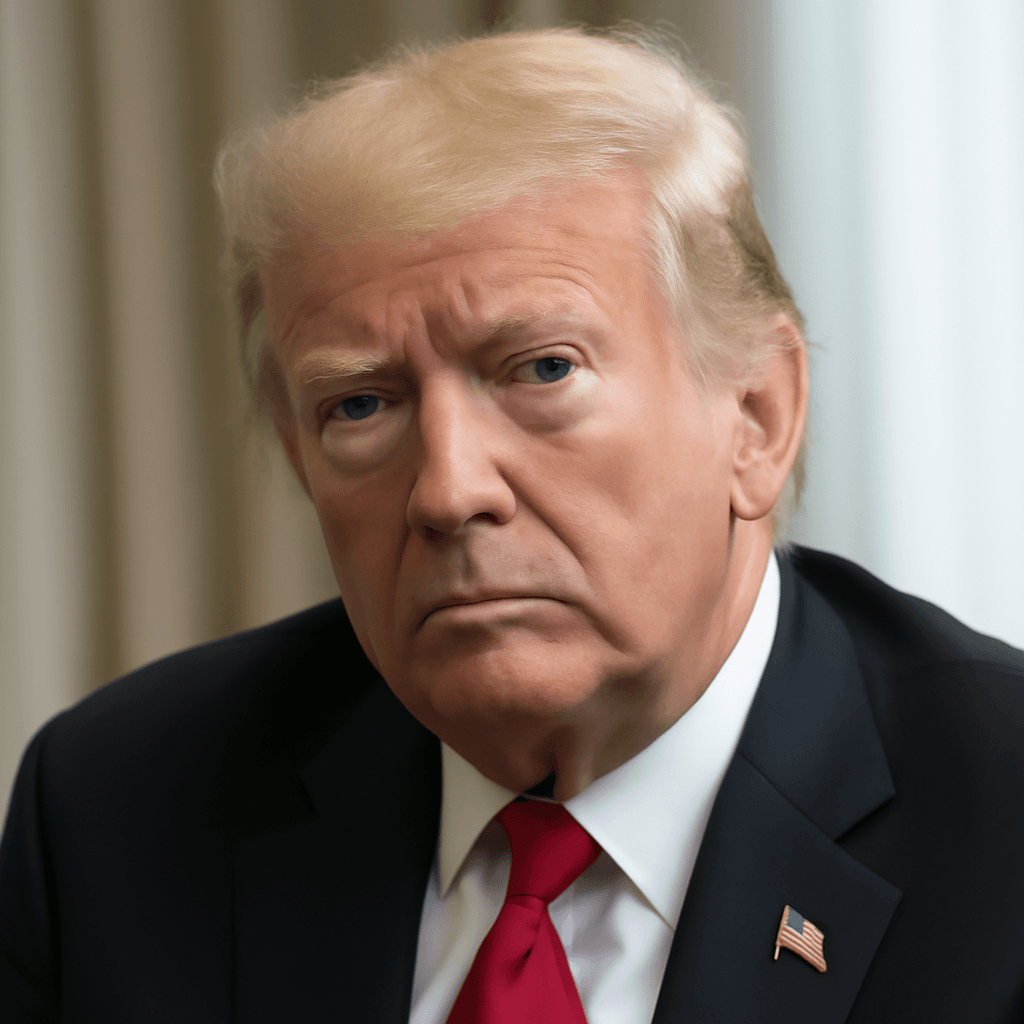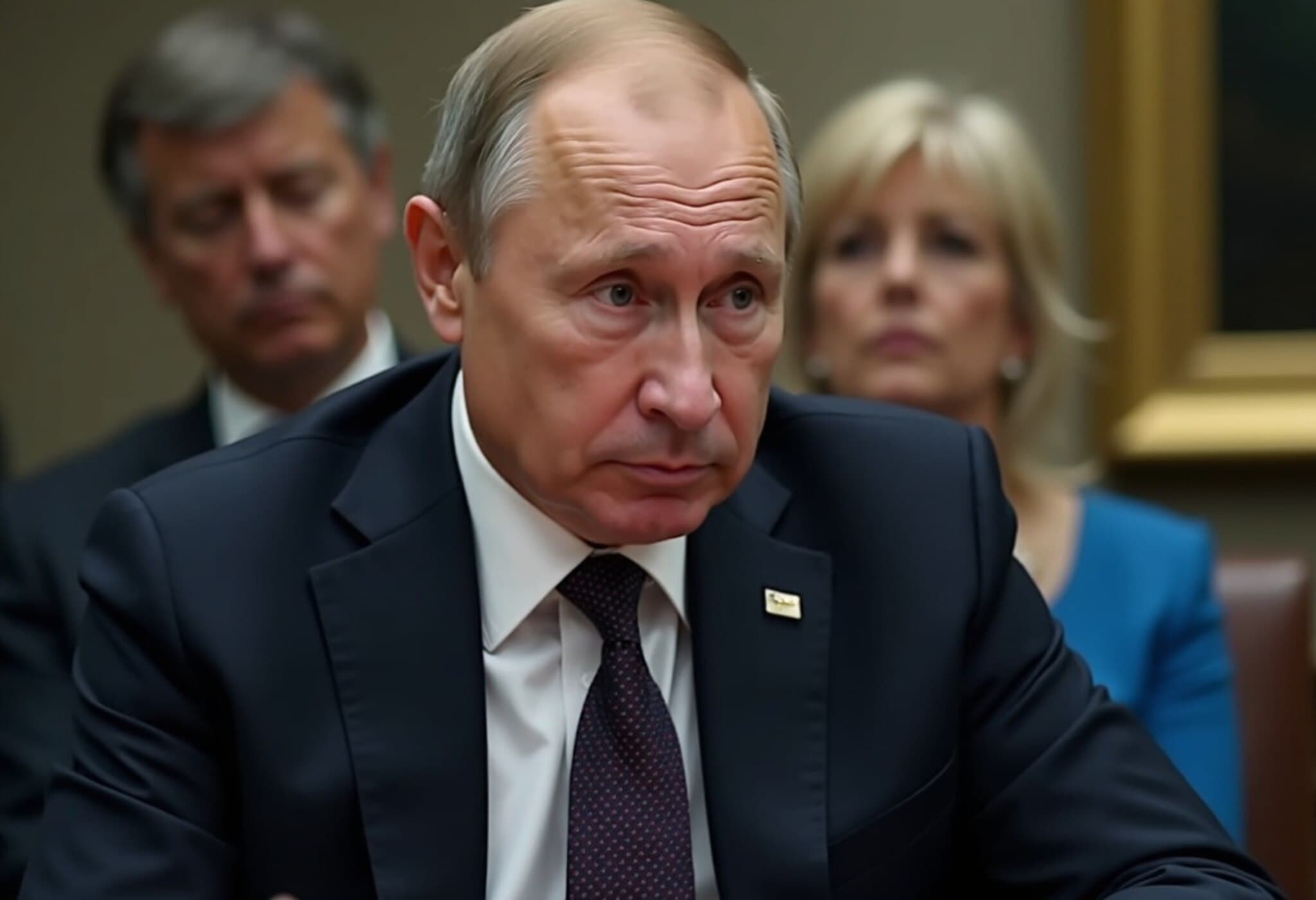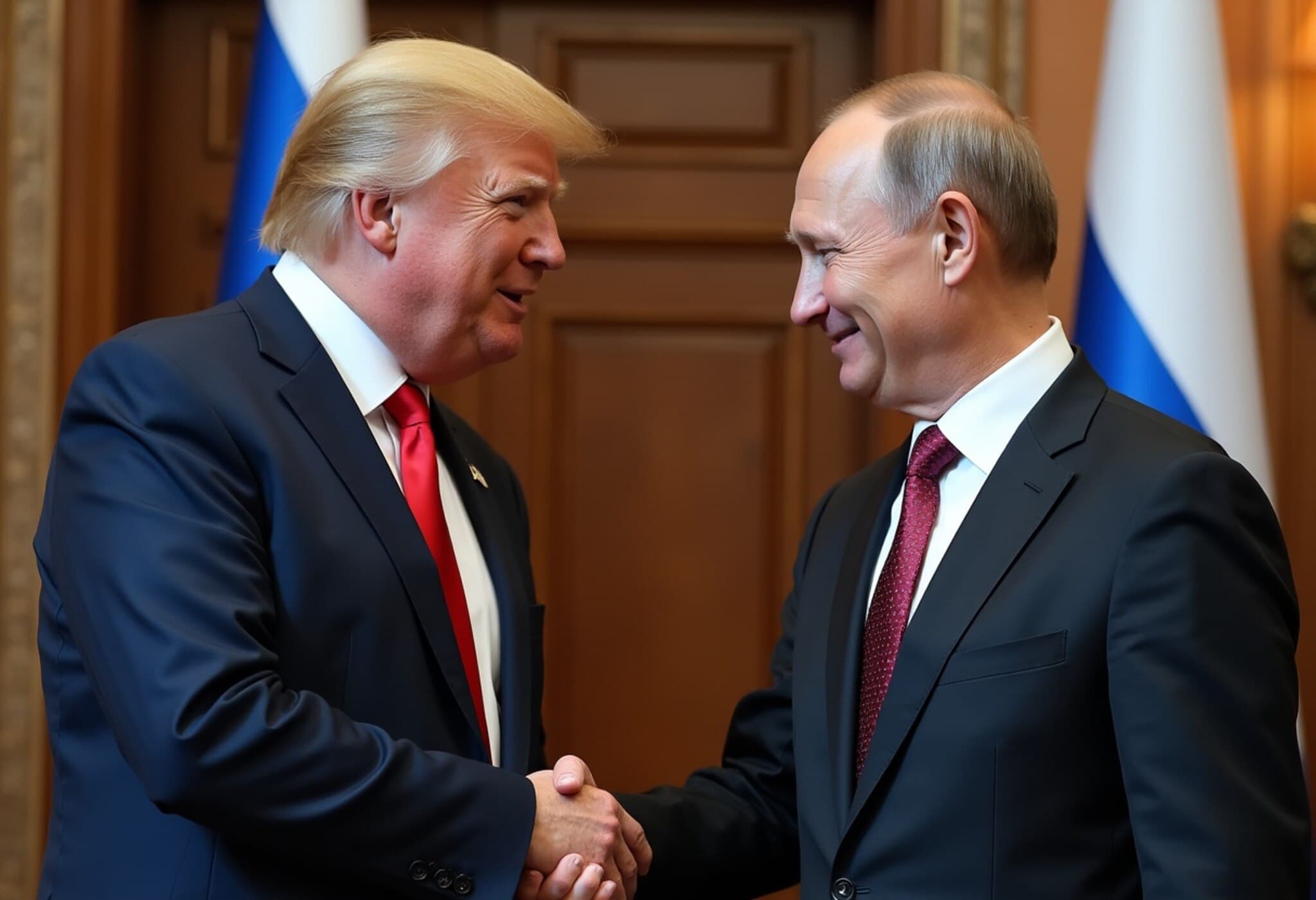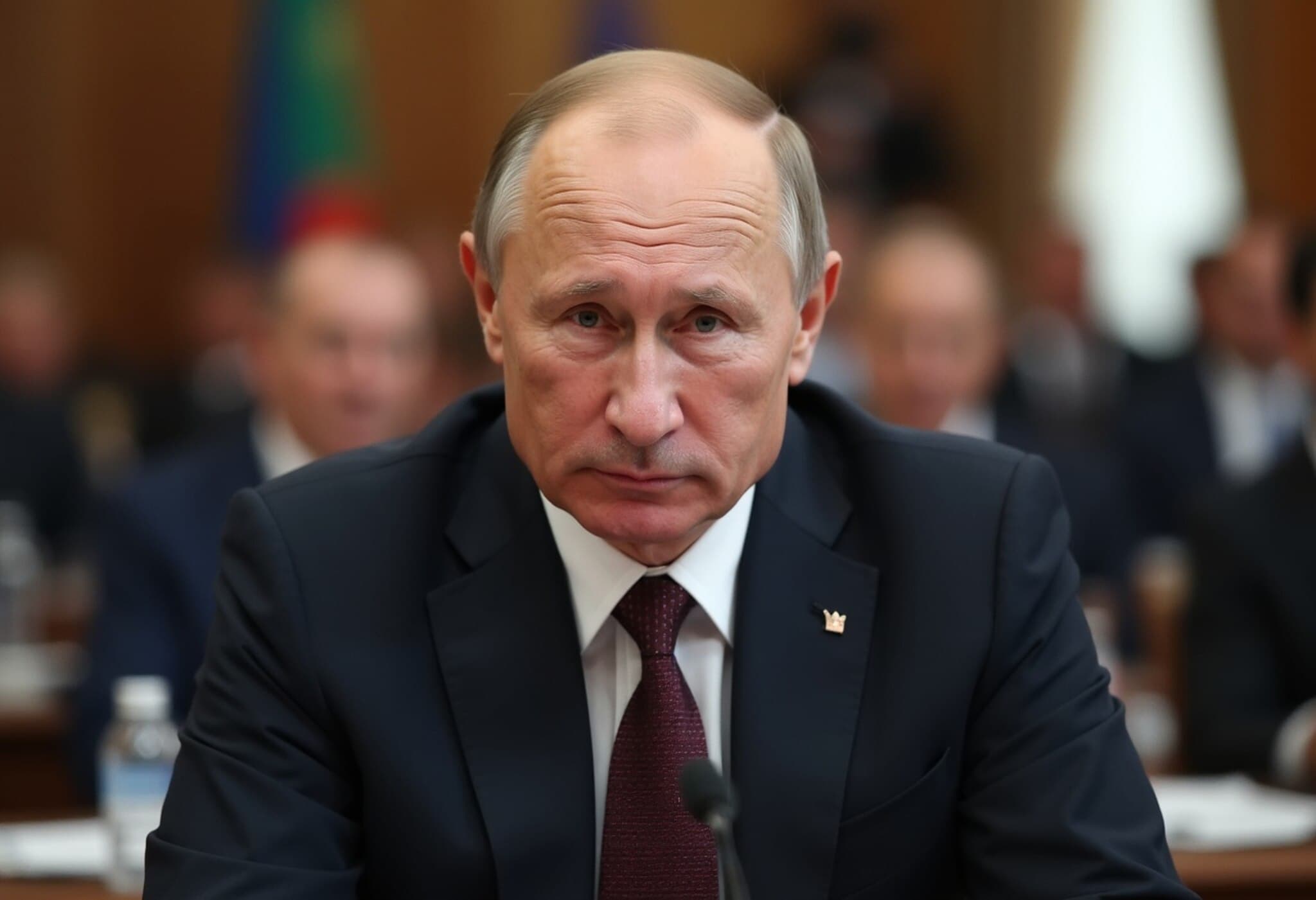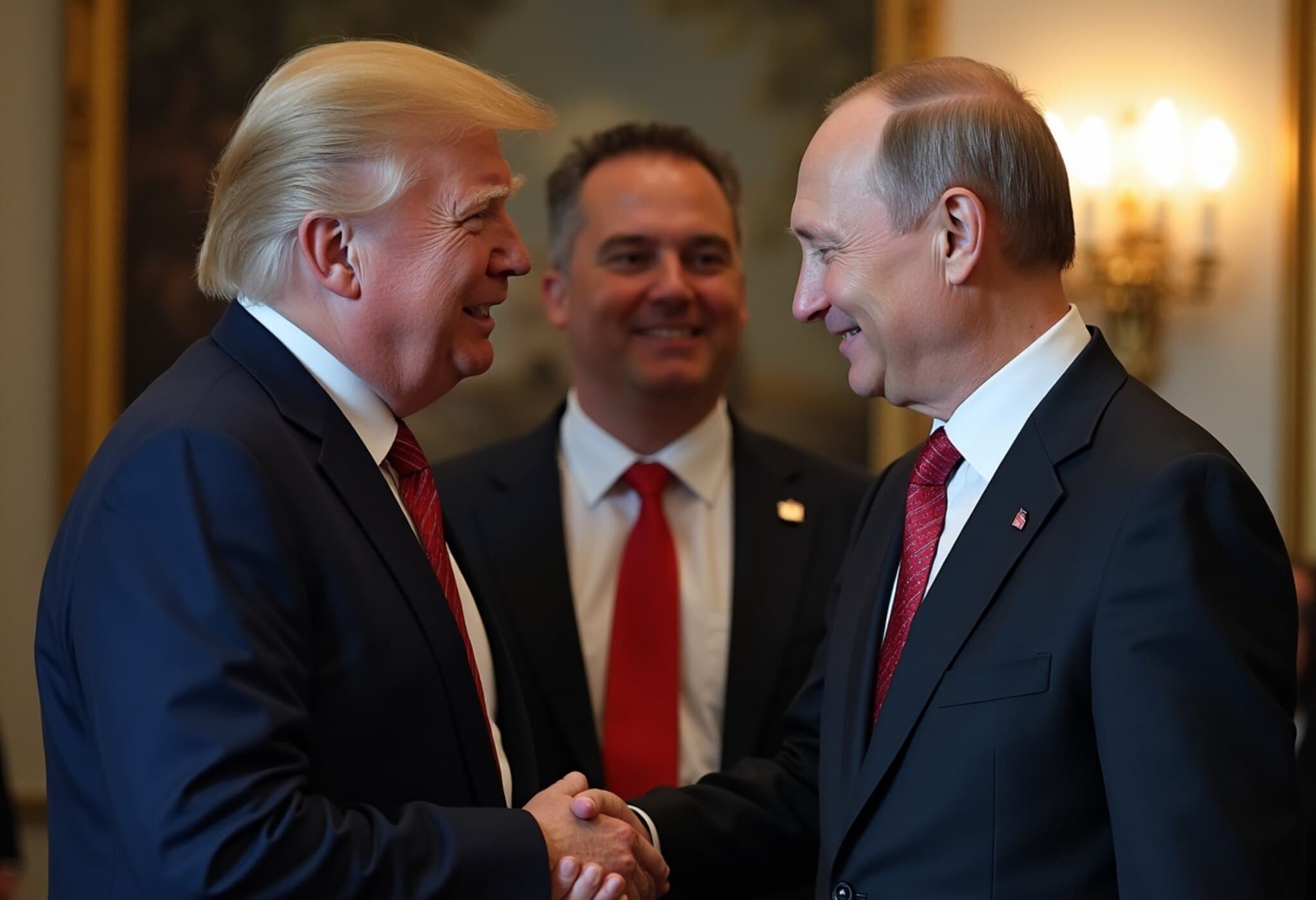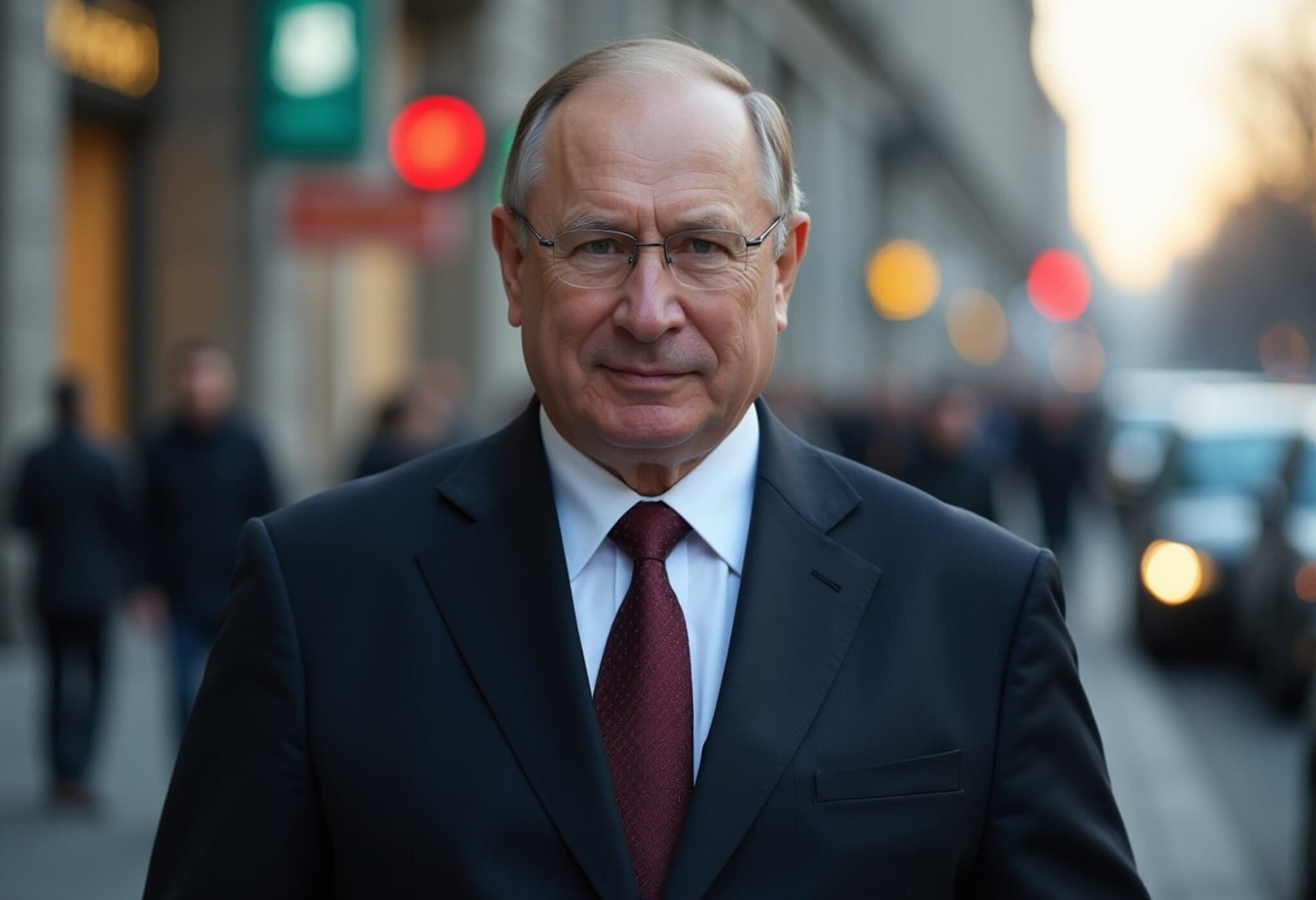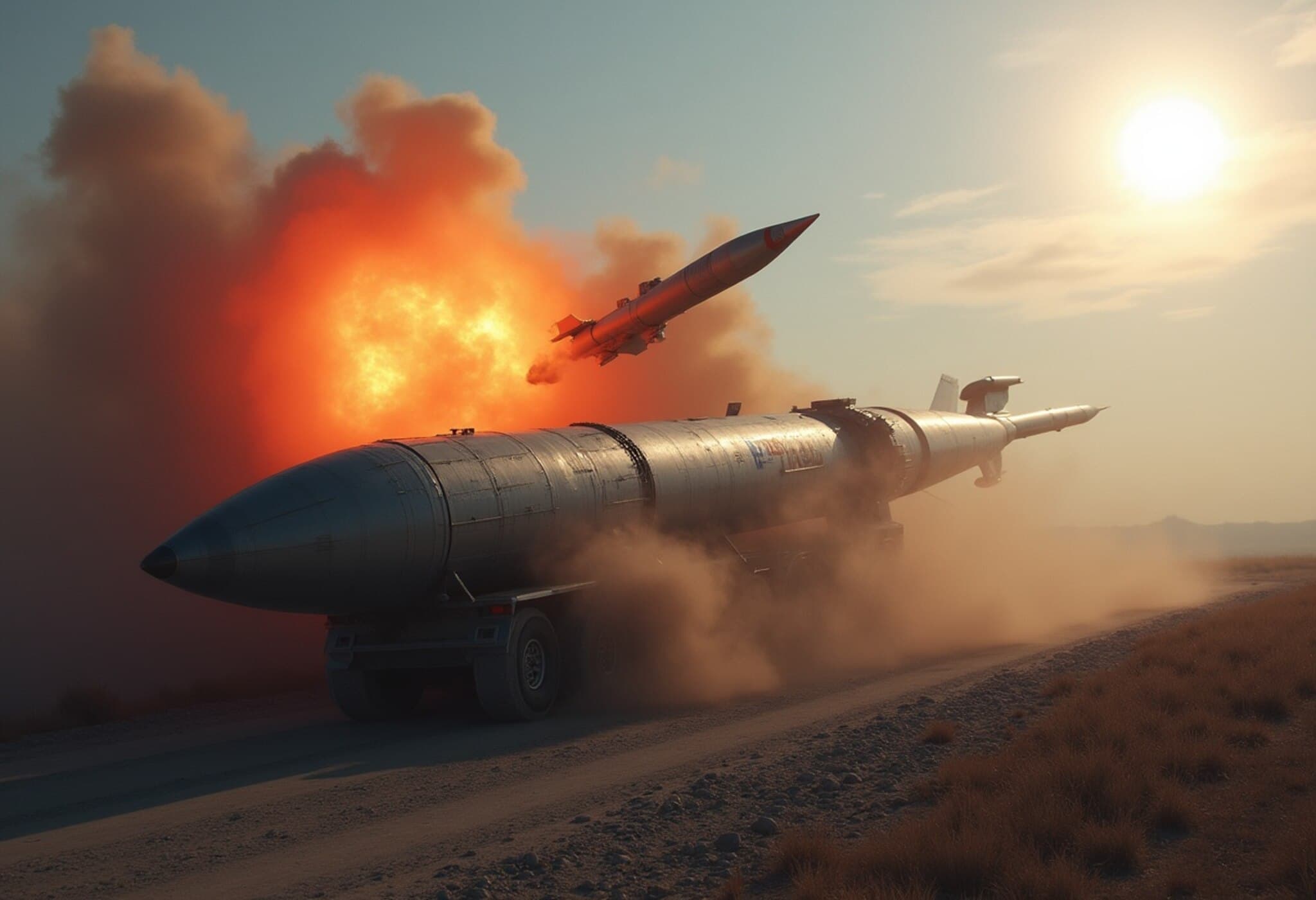Trump-Putin Joint Press Conference Breaks Off Without Ceasefire Commitment
In a rare and unexpected development, the joint press conference between US President Donald Trump and Russian President Vladimir Putin, held on August 15, 2025, in Anchorage, Alaska, came to a sudden close without any questions from the press—and, notably, without any mention of the word ‘ceasefire’. This omission signals that despite the high-profile meeting, a peaceful resolution to the ongoing Russia-Ukraine conflict remains elusive.
Putin Opens with Diplomatic Optimism Amid Historic Setting
Breaking customary protocol where the American president typically speaks first, President Putin took the floor initially, underscoring the “respectful, constructive and mutually respectful atmosphere” of the talks. His remarks highlighted efforts to secure Ukraine’s safety, though he framed the conflict within “fundamental threats to Russia’s security”, which must be addressed for peace to be achieved.
Putin expressed hope that the discussions would “bring us closer” to a peaceful solution, emphasizing that Russia seeks a balanced security architecture particularly in Europe. He urged Kyiv and European capitals to avoid provocations that could hinder progress, reflecting Russia’s insistence on non-interference in future negotiations.
Trump’s Cautious Tone and Strategic Follow-Up Plans
Following Putin’s statement, President Trump maintained a more measured stance. He described the meeting as “extremely productive” with “many points agreed to” but firmly stressed: “there is no deal, until a deal.”
Trump emphasized his plans to reach out to NATO allies and Ukrainian President Volodymyr Zelensky, framing the outcome as contingent on these stakeholders. His reference to historic tensions stemming from the “Russia, Russia, Russia hoax” — the investigations into alleged 2016 election interference — indicates the lingering political complexities shaping U.S.-Russia relations even amid diplomatic overtures.
Next Steps: Moscow on the Horizon?
In a surprising coda, Putin proposed hosting the next summit in Moscow, a gesture met with cautious intrigue by Trump, who acknowledged the proposal’s controversial nature but did not dismiss it outright.
Contextual Insight: What This Means for U.S.-Russia Relations and the Ukraine War
This meeting marks one of the most visible diplomatic engagements between Washington and Moscow since the intensification of the Russia-Ukraine war in early 2022. The absence of any direct commitment to a ceasefire or peace negotiations underscores the profound gaps still dividing the two powers.
- For American audiences and policy analysts: The U.S. administration’s portrayal of the meeting signals ongoing diplomatic efforts, but it also reflects Washington’s need for alliance cohesion, as NATO remains a critical actor in the conflict's fate.
- From a geopolitical lens: Putin's emphasis on security threats and a balanced European security structure suggests Russia’s desire to reshape international frameworks that currently favor Western influence.
- Media and public perception: The refusal to entertain press questions and the press conference’s abrupt end might fuel speculation about unresolved tensions and limited transparency.
Underreported Narratives and Critical Questions
While the leaders painted a veneer of progress, the lack of concrete outcomes prompts several pressing questions:
- What specific security guarantees or compromise frameworks were discussed behind closed doors?
- How will the U.S. reconcile support for Ukraine’s sovereignty with Putin’s demands for security assurances?
- What role will NATO and European allies play in the next phase of negotiations?
- Could a meeting hosted in Moscow radically shift the diplomatic dynamics—and how would it be perceived domestically in the U.S.?
Editor’s Note
This unusual, question-free press conference reflects the complex, delicate nature of U.S.-Russia relations in the shadow of the Ukraine conflict. While both presidents expressed willingness to engage, the absence of any ceasefire mention and hesitance to take questions underscore unresolved core conflicts and political sensitivities.
As the world watches, it remains to be seen whether the tentative steps in Anchorage will lay groundwork for meaningful progress or merely highlight the chasm that still divides these global powers. For US policymakers and international observers, the coming weeks will be crucial to decode the real implications behind the diplomatic rhetoric.

